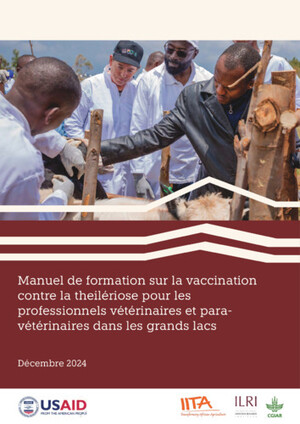
Characterization of smallholder pig production systems in four districts along the Uganda-Kenya border
Abstract
A cross-sectional survey was carried out to characterize the pig production systems in four districts along the Kenya-Uganda border. Information was collected by administering structured questionnaires to 645 households in 32 randomly selected clusters. The study showed that the majority of the farmers owned very small pig herds (2.4±0.1) which were mainly tethered. Their main objective for pig keeping was income generation. Decisions on pig purchases were predominantly made by either women or by women and men in collaboration while day to day care of the animals was performed by women. Disease especially African swine fever (ASF) was considered to be the biggest risk to pig investment, while feeding was the biggest production constraint. Studies that look into cheaper locally available feed options should be undertaken to enable the farmers solve the feed constraint. Sensitization of farmers to adopt biosecurity measures would reduce disease risk especially ASF risk.
Citation
Nantima, N., Ocaido, M., Davies, J., Dione, M.M., Okoth, E., Mugisha, A. and Bishop, R. 2015. Characterization of smallholder pig production systems in four districts along the Uganda-Kenya border. Livestock Research for Rural Development 27, Article #166.










